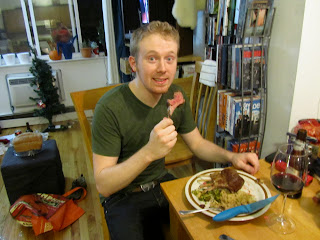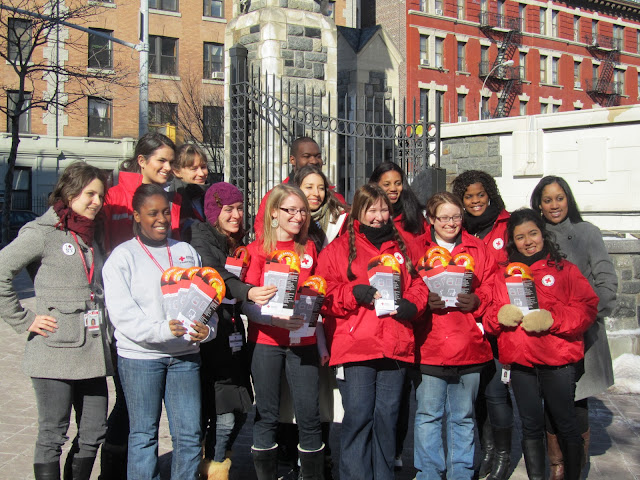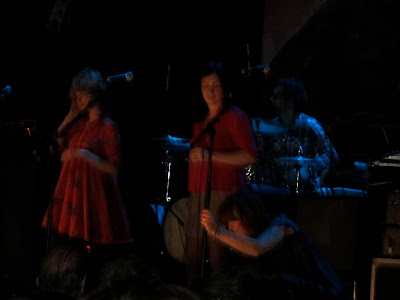so. the lamb. if you've run into me in the last few months, i've probably told you all about the lamb. i'm a little obsessed, both with the technique and the results. this lamb is probably the best lamb i've ever had. in fact, this lamb is probably one of the top five best things i've EVER made. seriously. not to be too self-congratulatory, but this lamb was incredible.
 | |||
| this recipe is wayne-approved. |
so what makes this lamb so special? well, in short, it was my first experience with hacked sous-vide cooking. and let's just say that i am a convert. i love top chef and read a ton of food blogs, but it still took me a long time to wrap my head around the concept of sous-vide. this column on serious eats was the first one that i actually understood. and not only that, it came with instructions on how to do it at home. awesome.
so in case you don't feel like reading the post (but you really should, it's awesome), i'll go over the basics. when you cook meat, the level of 'doneness' corresponds to the final internal temperature in the center of the meat. when we cook meat in an oven or on a stovetop, we're transferring energy through the air. this is known as dry heat. when we boil something, we transfer the energy through the water. water is much more efficient at transferring heat than air is. the example used on serious eats is such: you can easily stick your hand in an oven at 300 degrees without getting hurt, but if you tried to stick that hand in a pot of boiling water (212 degrees) you'd have a pretty nasty burn.
so when we cook meat in an oven, we need to set it at a much higher temperature than our desired final internal temperature (otherwise it would take FOREVER). plus, since we're interested in the final internal temperature, the outer edges of the meat usually overcook and turn grey while we wait for the middle to reach the desired temp.
to put it very simply, the idea of sous vide is to use the efficiency of water's transfer of heat to achieve perfectly cooked meat. if you watch top chef, you've probably seen a contestant try this at some point. in a professional kitchen, the meat is vacuum-sealed in a plastic bag, then submerged in a water bath. this water bath is able to maintain a specific temperature for a long period of time. the meat is then left in the water until the entire piece reaches the desired final temperature. the beauty of this method is that the water is set at the same temperature as the desired final temperature. because of that, there is no way that the meat can overcook. the outer edges do not overcook while waiting for the middle to come to the right temperature. genius!
unfortunately those machines are crazy expensive. however, serious eats came up with a great hack - using a beer cooler to keep the water at the correct temperature. i didn't know this before, but beer coolers don't just keep cold stuff cold - they can also keep hot stuff hot. they're basically giant thermoses. i had a rack of lamb in the freezer from my dad and my mom had gotten me a beer cooler for xmas - i really had no choice but to try the lamb.
so first i seasoned the rack of lamb with salt and pepper:
 | ||
| hey there salt pig! |
then i filled my beer cooler up with hot water. we like our lamb medium rare, so the final temp would ideally be 125 degrees. the hot water comes out of the tap at around 115, so i just had to add some boiling water from my electric kettle to balance it out:
so then the lamb went into the plastic bags. i used freezer bags because i thought they'd be better than the regular ones. also, the recipe suggested i could put rosemary in the bags, but i figured for the first time it would be better to just taste the lamb.
so now the question of how to seal the bags? i don't exactly own a vacuum-sealer. the article suggested using displacement to squeeze the air out of the bags. i slowly lowered the bags into a bowl of water and the water displaced the air. i closed them up and surprisingly they had a really tight seal. the bags conformed to the shape of the lamb and we were good to go:
i put the bags into the beer cooler and checked the temperature of the water:
 | ||
| thermapen=awesome |
so then there was nothing really to do but wait. the lamb had to cook in the water for 45 minutes. i checked the temperature every so often to make sure it didn't drop below 125 degrees. it got close once, so i just added a little more boiling water from the kettle. also, i had some bread that was ready to go into the oven so i did that:
 |
| it came out pretty nice. |
the only problem with cooking meat sous vide is that you don't get any of the delicious browning you get from putting it in the oven. the solution - sear it off in the cast iron pan!
 |
| mmm smoky. |
annnd now time for the indulgent finished shots:
 |
| check out that crust! |
 |
| perfect medium rare - practically no grey band. |
so how did it taste? honestly - amazing. the meat was so tender that you could bite it without even pulling. plus, since the meat can't overcook in the cooler, you can hold it there for a while. so if you were having a dinner party or something (or you just wanted to wait until your stupid vegetables were finally done roasting), you could do all the work long before your guests get there. then, when you're ready you could just pull the meat out of the bags and sear it off.
so this way of cooking is awesome - ridiculously easy and also safe. i can tell you all about how the meat cooked this way is perfectly safe to eat, but it is kind of long and tedious to get into here. if you're interested, send me an email and i'll tell you all about it :)
i told my brother tommy all about this and offered to cook some for his birthday but noooo, he wants crab pasta. his loss.























